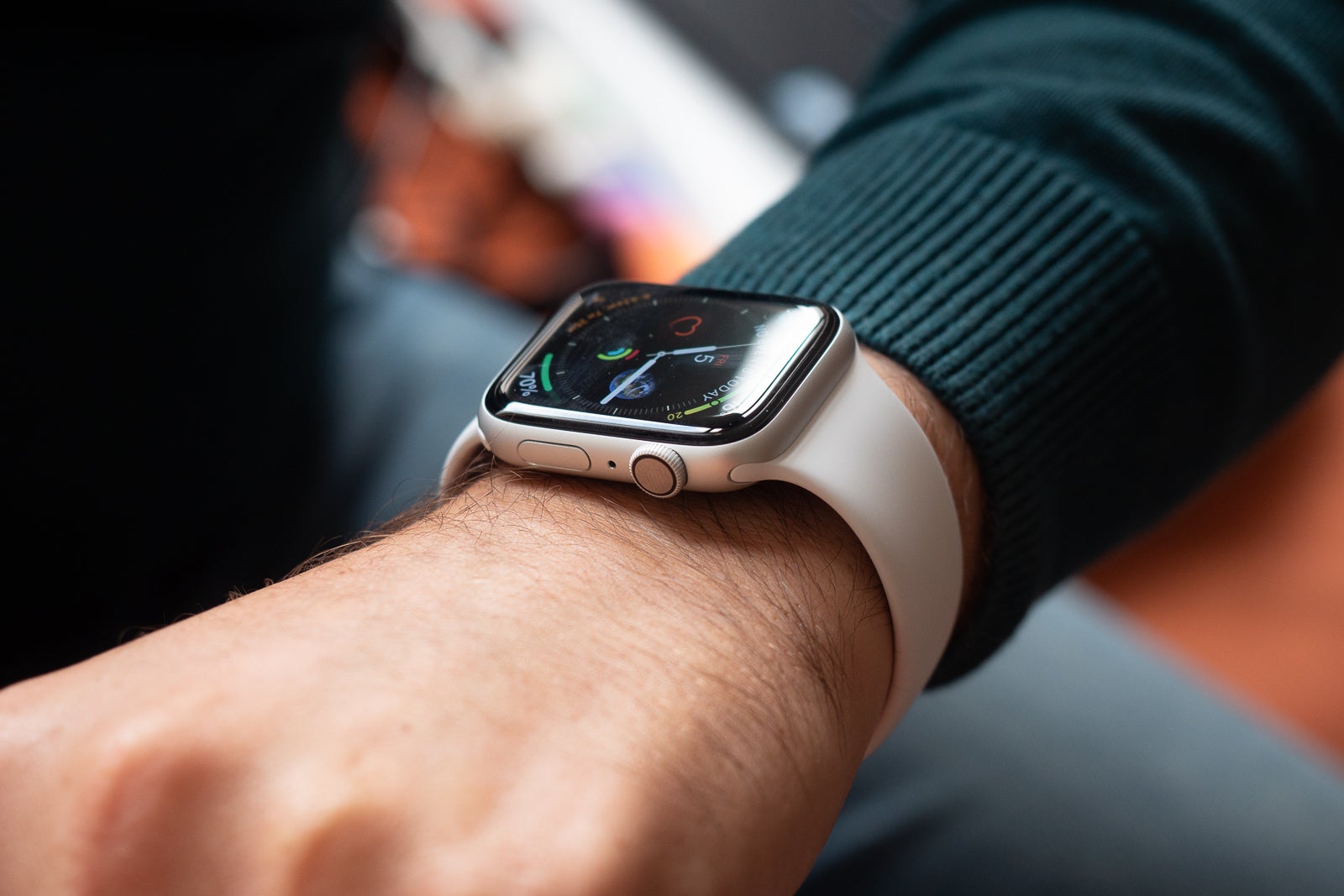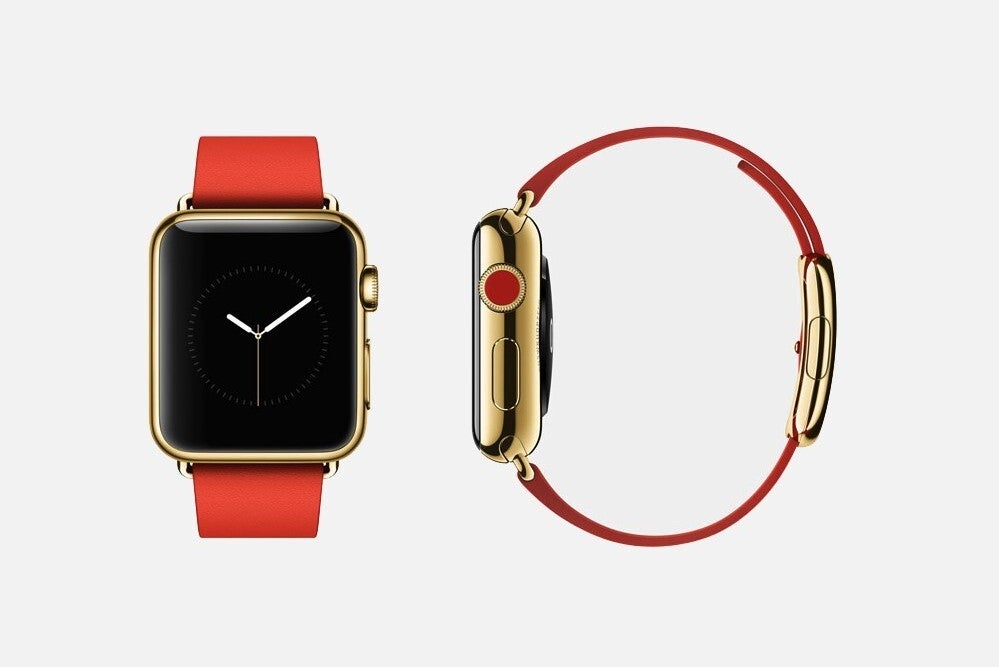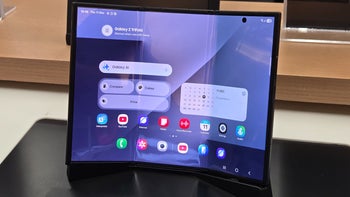$10,000+ Apple Watch Edition sales plunged after just two weeks

Apple Watch Series 4
The Apple Watch Edition was created through compromise
The Apple Watch project is understood to have been first brought to the table by departing Chief Design Officer Jony Ive. Many executives pushed back against the idea because they feared it’d lack a compelling “killer app” but Tim Cook ultimately approved the project in 2013. Jony Ive and his design team began work on the wearable straight away while current COO Jeff Williams, who could potentially replace Cook as CEO in the future, oversaw the development of the project.

The original Apple Watch
Jony Ive, on the one hand, saw the Apple Watch as a fashion accessory and wanted to market it as such. The company’s team of leaders, on the other hand, felt it should be treated as an extension of the iPhone. Ultimately, compromises took place and Apple tried to cater to all consumers. It created entry-level models priced at $349 and 18-Karat gold Watch Edition versions paired with Hermès bands which retailed as high as $17,000.
Apple barely sold any units but still captured 5% of the market
The Apple Watch itself underperformed during its first year – Apple had forecasted sales of around 40 million units but sold just 10 million – yet the premium 18-Karat gold Watch Edition versions took the disappointment to a completely new level. The premium models reportedly sold “in the low tens of thousands” of units, with the majority of these being snapped up immediately after launch. Once the hype had died down, Apple struggled to ship any and ultimately sold “few after the first two weeks.”

On a related and rather curious note, it’s worth pointing out that the Apple Watch Edition still captured a decent amount of market share, especially for a brand that was new to the segment. Throughout 2015, a total of 490,000 watches coated in “precious metals” such as gold, silver, and platinum were sold. Considering the Apple Watch Edition sold in the “low tens of thousands,” it seems Apple captured a market share of roughly 5%.
Compared to the company's share in the smartwatch market which currently sits at over 35%, such a small slice of an even tinier pie probably wasn’t worthwhile, hence why the brand exited the segment the following year. Nevertheless, it’s still interesting to see how Apple’s sales compared to those of rival brands.
Follow us on Google News











Things that are NOT allowed:
To help keep our community safe and free from spam, we apply temporary limits to newly created accounts: